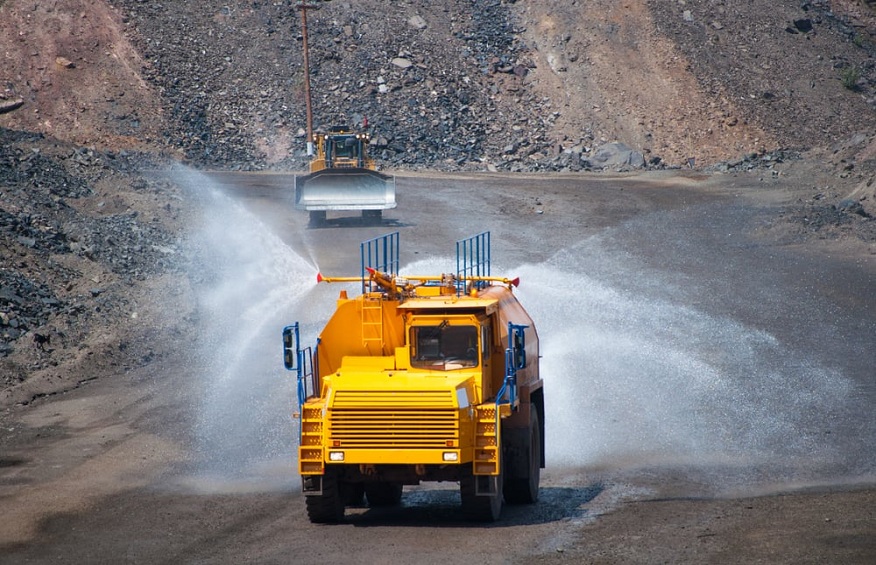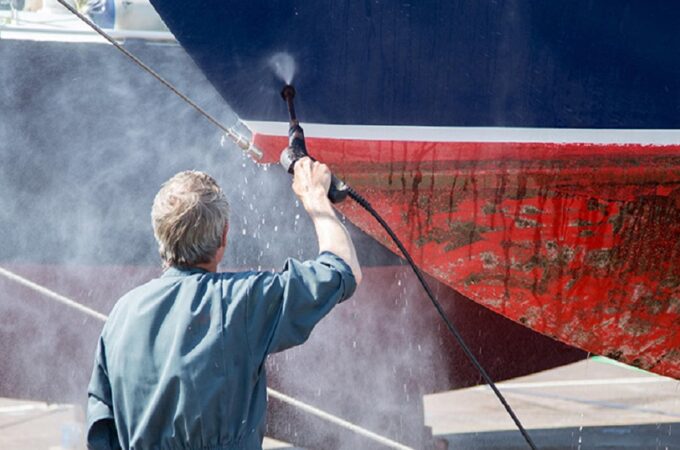
Water For Dust Control: The Easiest Way Is Usually The Best Way
A construction site presents numerous hazards. Dust is one of them, and it can be especially harmful to the lungs of construction workers who are exposed to it regularly. Construction sites often have high concentrations of respirable crystalline silica dust. It’s for this reason that measures like temporary wind barriers are used to lessen the amount of wind at a location and prevent the spread of dust. Another successful dust suppression method is using water as an engineering control.
The need for dust suppression
From the dreary depths of mines to the bustling heights of building sites, dust is an ever-present companion in many fields. Even if the dust is quite small, it can have a significant effect. Not only are the workers’ health and safety at risk, but so are the equipment’s efficiency and longevity. Because of this, dust control is important in many fields, such as mining, construction, agriculture, and others. The construction site’s productivity and worker safety are both enhanced by reducing the amount of dust generated. There are a wide variety of methods that construction workers use to try to limit dust exposure.
What methods are used for dust suppression?
The best dust suppression method depends on the type of dust, source, and location, as well as the context and environment. There are many ways to prevent dust from spreading, so here are some tips:
Fogging systems
This type of dust suppression system uses a small mist of water droplets to get rid of dust in the air. A fogging machine turns water into so many tiny droplets of vapor that the mist it makes effectively traps and settles dust. Fogging systems are often used in outdoor places like sports stadiums, fairgrounds, and mines, as well as in industrial places like construction sites and mines. The system is used to manage pollution, which can be hazardous to both people and the environment.
Water sprays
One of the most common ways is to spray water on dust particles to make them less dry and less likely to fly into the air. Roads, stockpiles, and other dusty locations can all benefit from having water sprayed on them. The dust particles become heavier and less likely to be blown away when water droplets cling to them.
Misting systems
When compared to traditional water sprays, the mist created by these smaller water droplets is far more effective at entrapping airborne dust. The misting system produces a finer mist since the water droplets are smaller and the pressure is higher. This creates a mist that can trap and dampen dust much more efficiently.
Water truck
A water truck is another tool used to mitigate dust on construction sites. To prevent dust from spreading, a large truck will travel around a building site and spray water on the roadways, stockpiles, and other potentially dusty areas.
Dust can lead to major health problems, like long-term scarring in the lungs, trouble breathing, disability, and even death. As a result, it’s crucial to use strategies to stop its spread; water, among other strategies, has proven effective.




